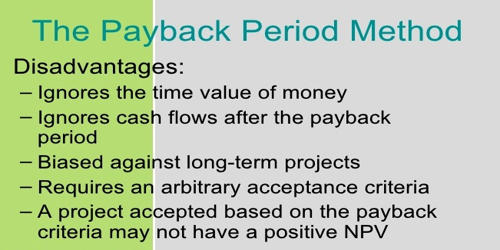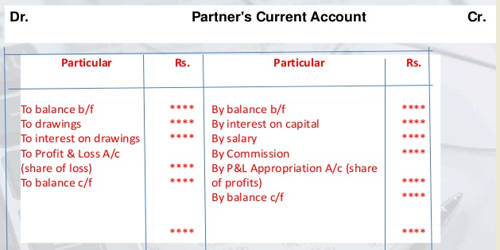Concept of Value Added Accounting
Value Added Accounting is the difference between the cost of goods purchased by a business and its revenue. There is no free lunch in this world. To generate income or to earn money, one has to sell some sort of product. A product is a tangible thing or an intangible service having some utility for the buyer. The concept of value-added has a direct link with the concept of social responsibility. Hence, the product is a utility or value created over the crude material. As per the concept of Enterprise Theory, profit is calculated for various stakeholders by an organization.
Value Added is this profit generated by the collective efforts of management, employees, capital and the utilization of its capacity that is distributed amongst its various stakeholders. Value-added, therefore, is a created utility in the product of the business. Without creating value, one can not sell the product for a profitable price. A firm charges some extra price over the materials and services used for the value creation over the product. This statement gives the desired information to the management, government and other stakeholders from time to time. For example, if one buys some materials and services at $ 100 and sells them at $ 300, then the added value is $200.
Therefore, Net value = Revenues – The price paid for materials and services.
Value-added represents net income. The value does not come by itself. It needs some changes over the bought-in materials. Change in the utility of the product is brought about by labor, capital, government services, etc. Therefore, the added value is to be distributed to the stakeholders of business in the ratio of the service rendered by each of the stakeholders. Added value is paid in the form of wages and salaries to labor, taxes, and duties to the government, interest, and dividends on the capital and residual fund are retained in the business. Apart from this value-added statement in a vertical format is accepted globally and serves the uniform motive of the stakeholders.
Value added is an alternate performance measure to profit. Therefore, the value-added is the increase in the market value created by a change in the form, location or availability of product or service, excluding the cost of bought-in materials or services used in that product or service. But value-added is a superior performance measure as it attracts the attention on inputs controllable by managers.
Information Source:
















